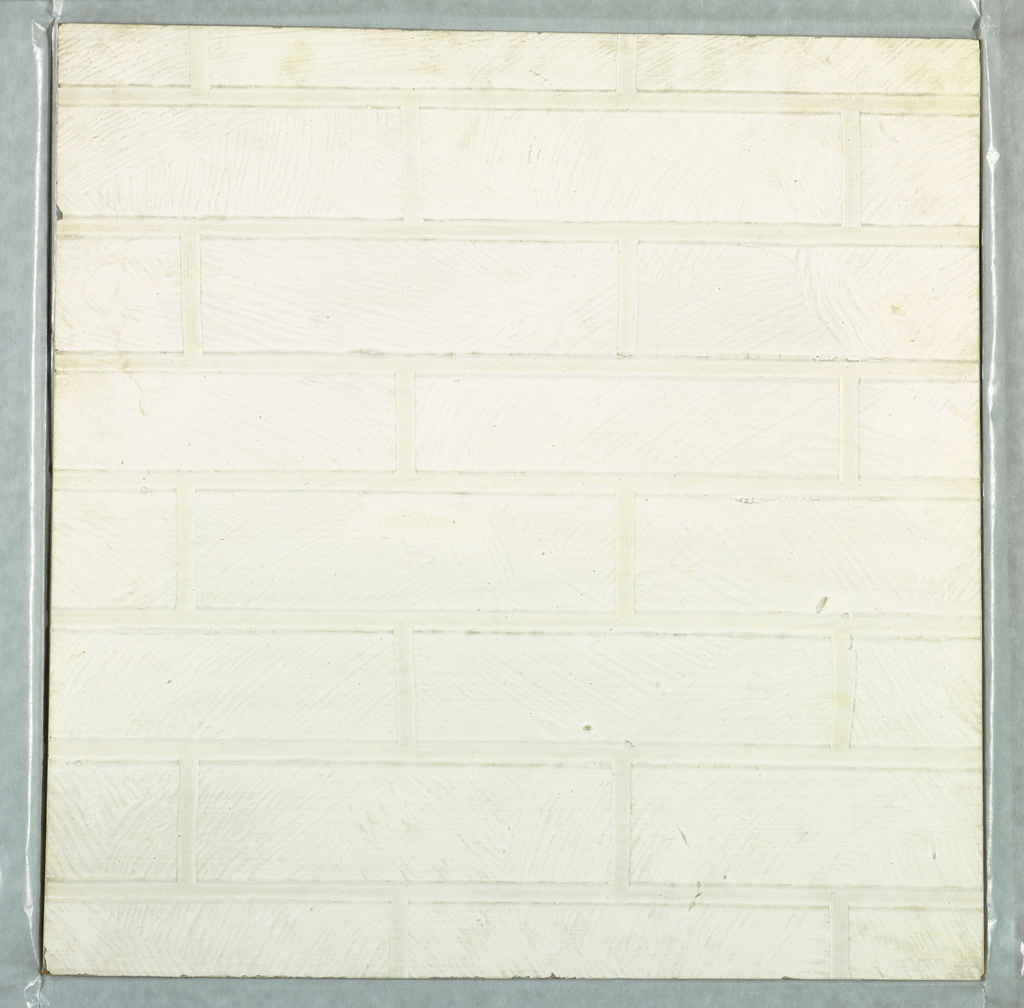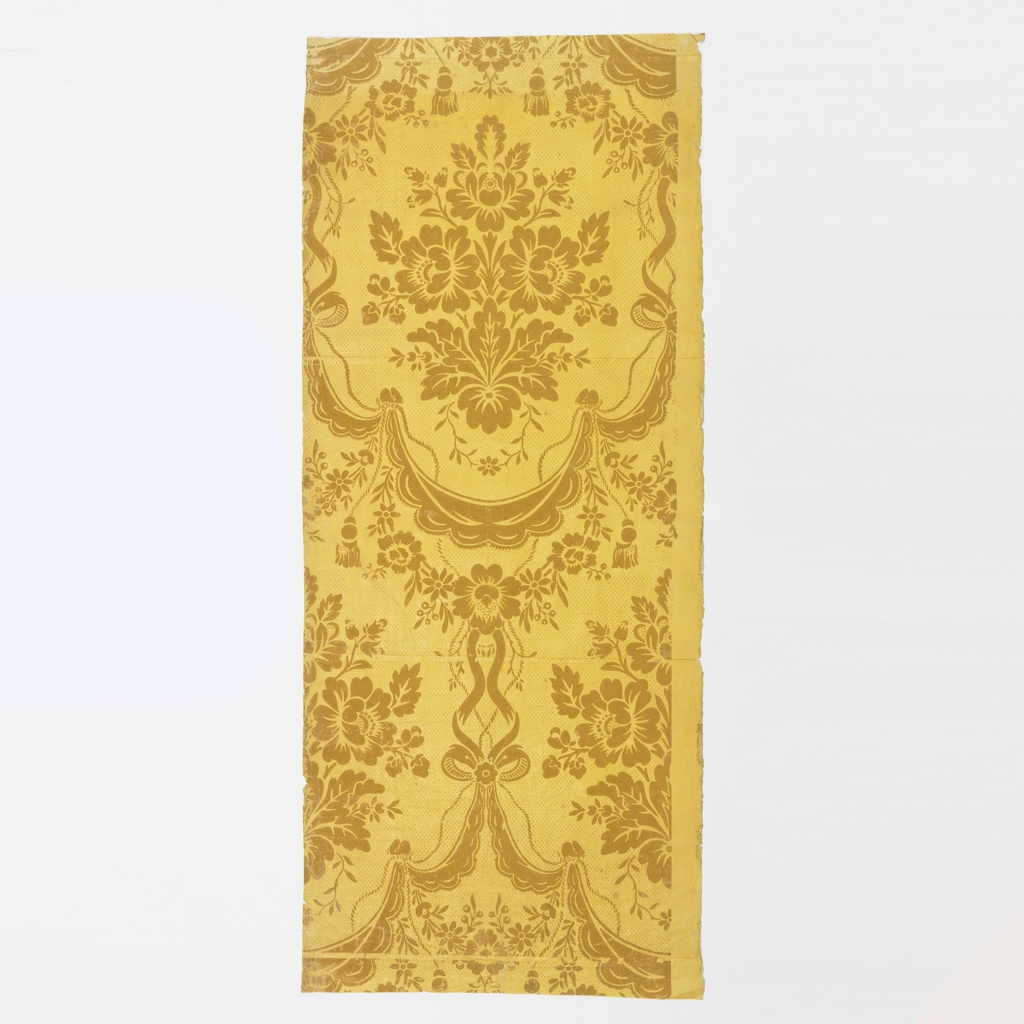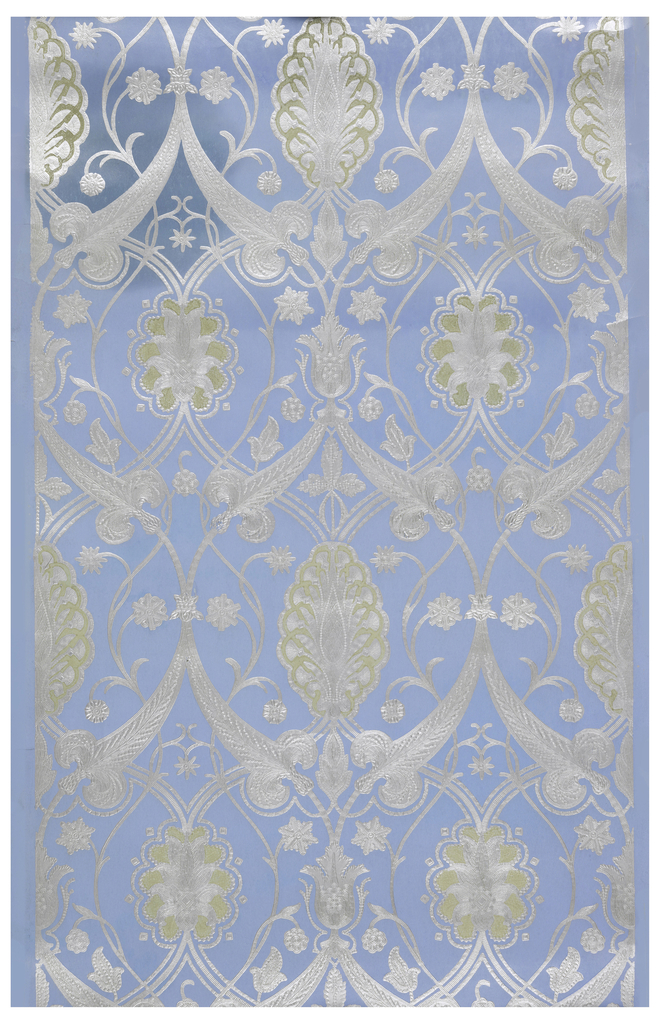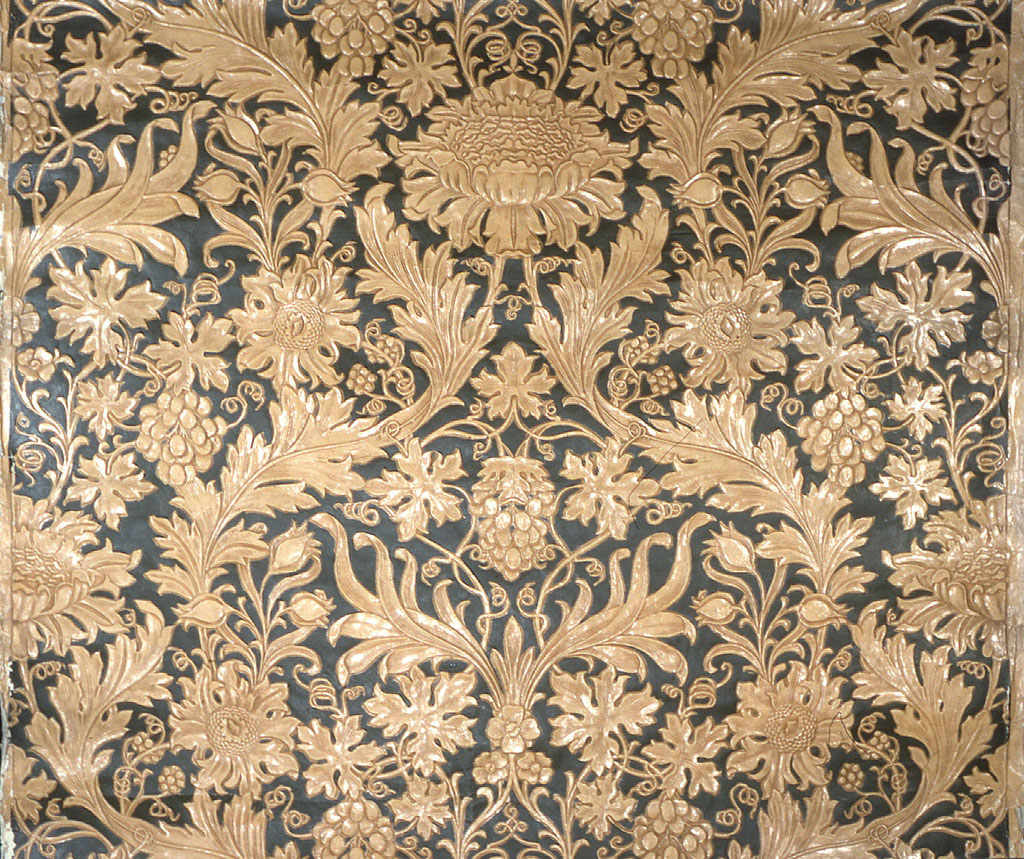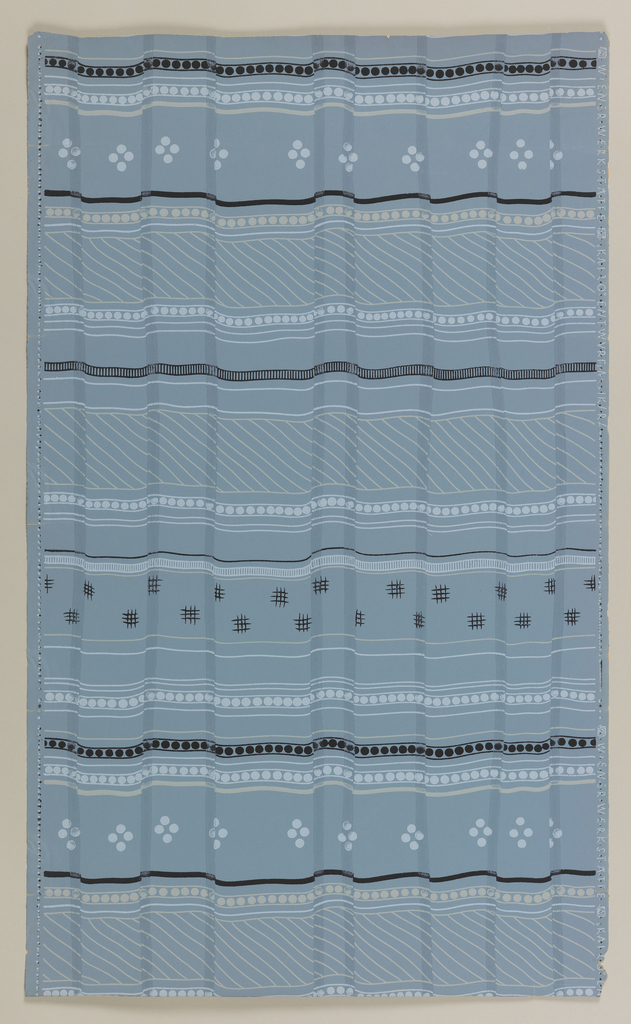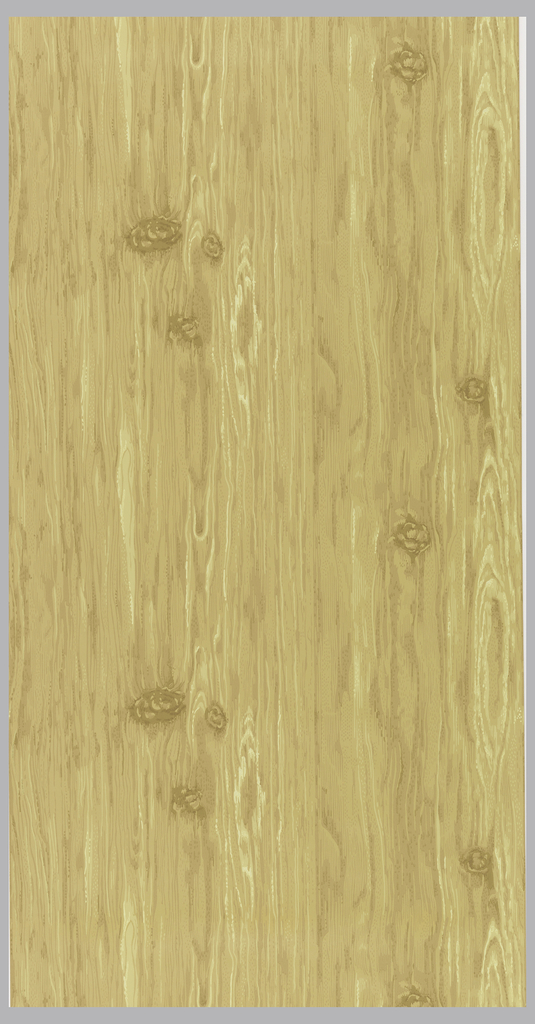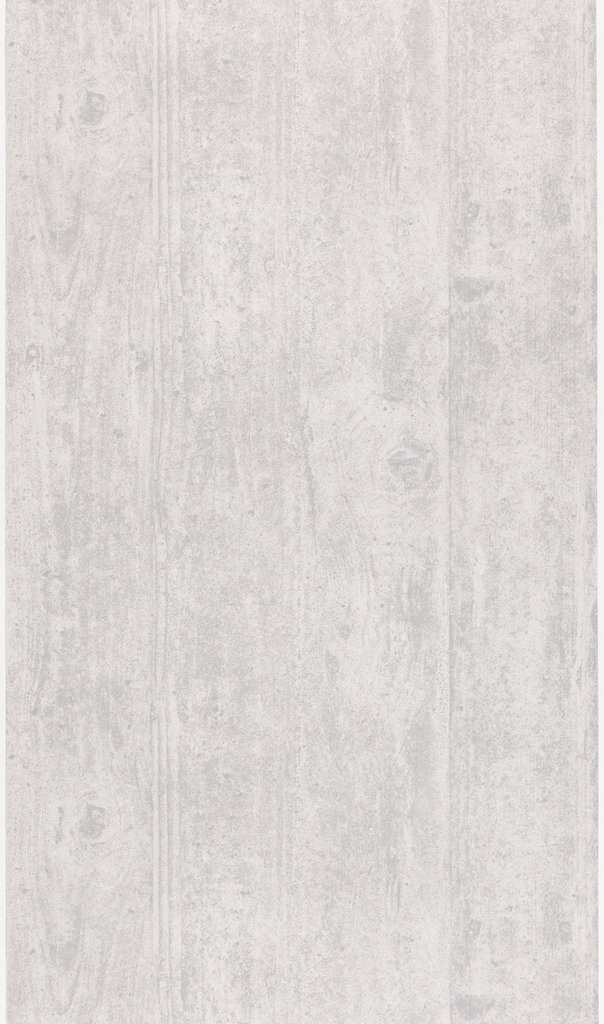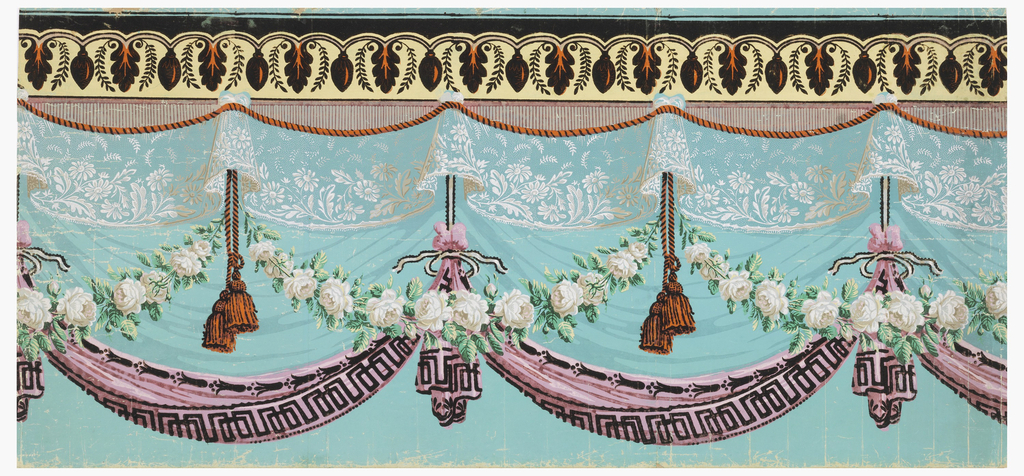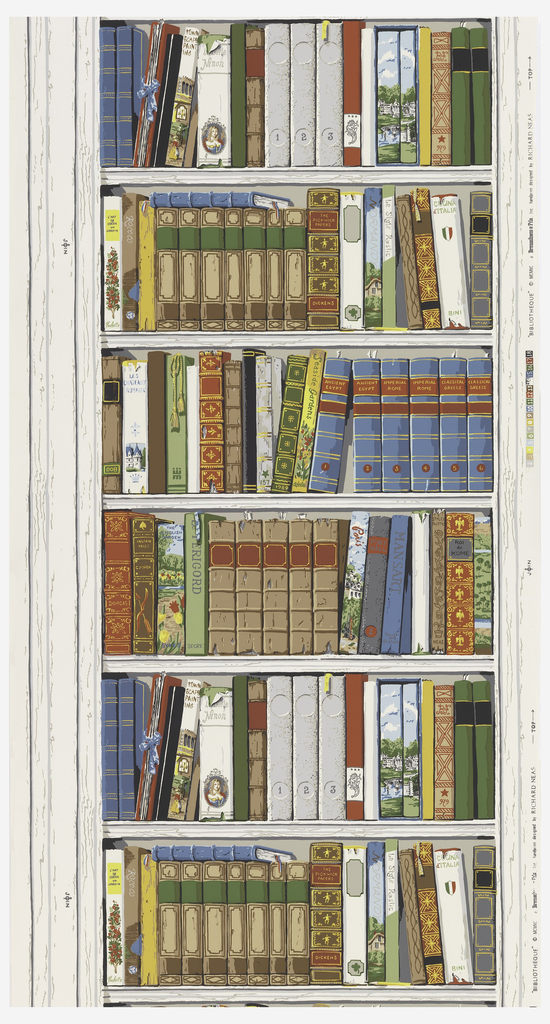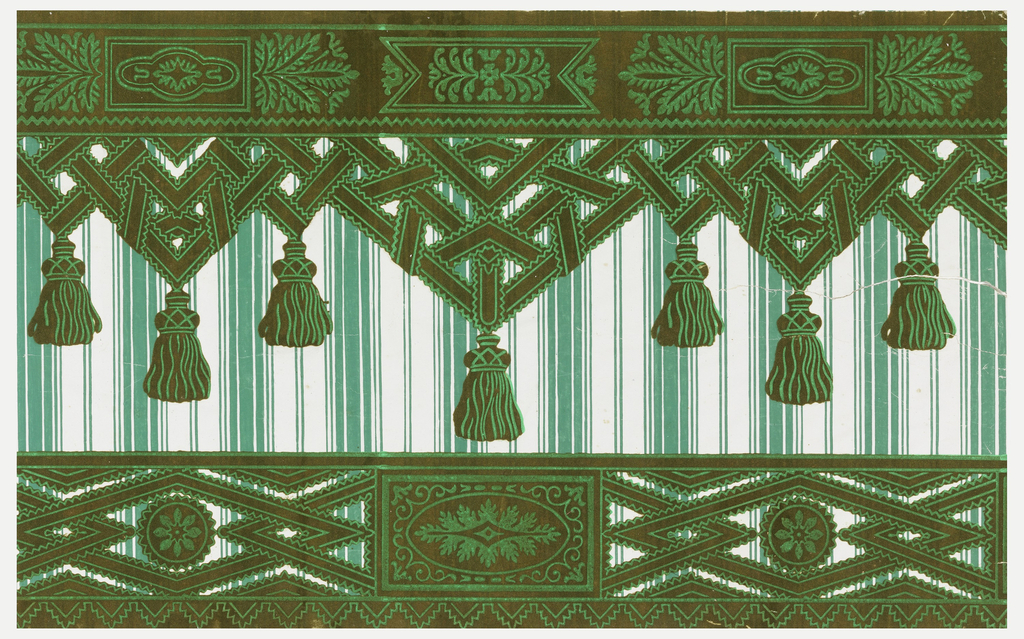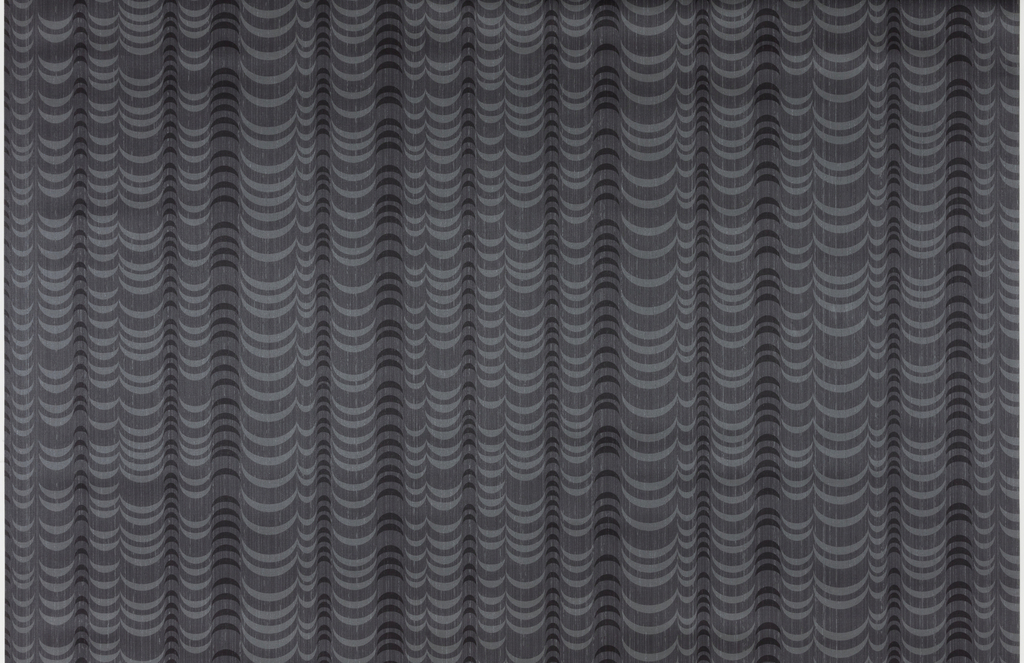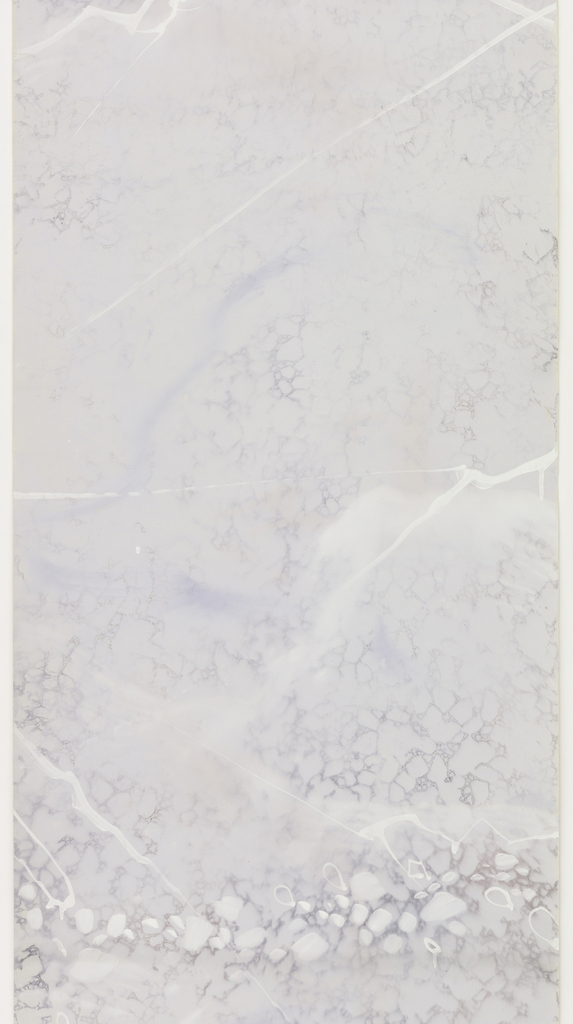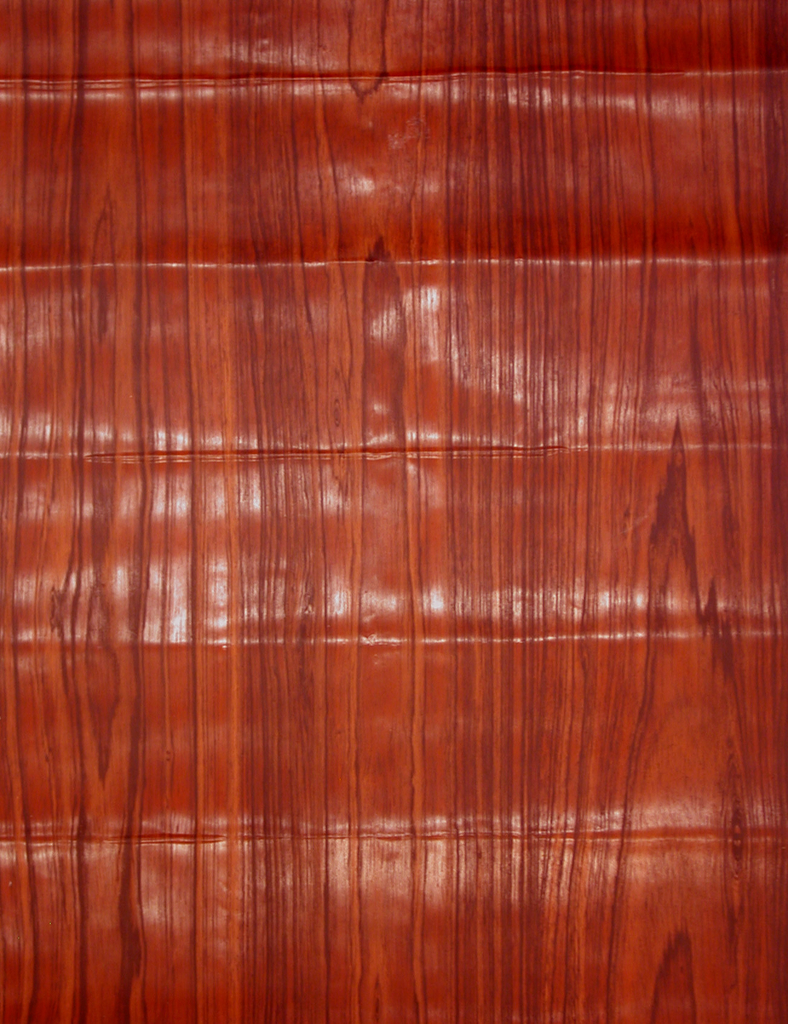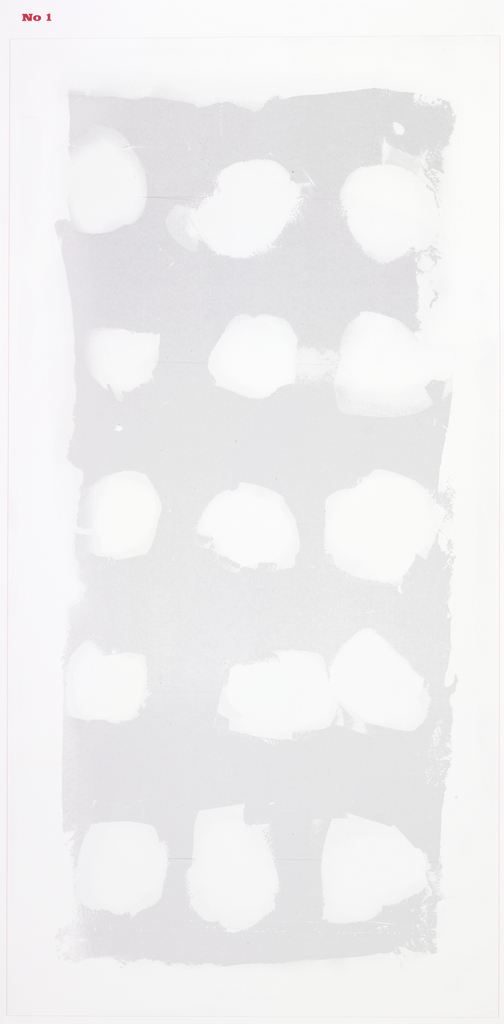Katzenbach & Warren, Inc., one of the major twentieth century New York wallpaper manufacturers, introduced their new line of “Sculptured Wallcoverings” in 1946. This line initially consisted of two relief patterns: one imitating woodgrain, the other straw matting. Additional patterns were introduced in 1948 including Brick. All of the patterns in this line were completely...
During the 17th century, France and England, both major producers and exporters of wallpapers, were printing inexpensive decorative patterns on single sheets of paper. These were multi-use papers and were used for lining trunks and chests, as well as decorating walls. Outlines were printed by crude wood blocks and color was added by applying thin...
Imitation leather papers meticulously reproduce the grain, patterns, and coloring of antique leathers. While these wallpapers were expensive to produce due to all the handwork necessary to capture the embossed leathers, they were much less costly, and quicker to produce, than actual leathers. This sample was produced by M. H. Birge & Sons around 1910,...
Leather hangings were a popular way to decorate walls in Europe in the 18th-century. They were often called Spanish leathers because they originated in Spain in the 17th century, but these early hangings were simply painted. As the popularity of leather hangings increased in the Netherlands and England, it became more popular to emboss the...
Here is an interesting version of a drapery wallpaper design. Wallpapers imitating draperies have been a small but elegant genre since the time of Napolean, when walls draped in fabric were popularized by the design and decorating team of Percier and Fontaine, largely credited with creating the Empire style. Many of the finer papers were...
I have always admired a good woodgrain wallpaper. Woodgrain or faux bois wallpapers have been around almost as long as wallpaper itself and the Cooper Hewitt collection has examples printed in almost every technique including hand painted, woodblock, lithograph, machine and even self-adhesive vinyl. This particular design has always caught my eye as I think...
On first glance the B 100 wallpaper appears to be a woodgrain design. The knots, woodgrain pattern, and individual planks are all clearly visible. But the ominous gray color makes one stop to reconsider, maybe there is more to this than just a woodgrain pattern. Woodgrain designs, usually printed with earthy colors, impart a warm...
Traditionally, wallpapers have imitated more expensive materials, such as architectural details, painted wall decorations, wood grains, marble, and, most often, textiles. In the mid-18th century when wallpapered rooms became a prevailing fashion in England and France, wallpaper borders were as important a decorative element as the coverings themselves. A brilliant swag of printed paper flowers,...
Today, let’s talk books. Or rather, a trompe l’oeil wallpaper printed to appear like a well-stocked bookcase in someone’s library. This is one of the livelier, not to mention convincing, bookcase wallpapers I have seen. And it’s no wonder, it was created by the brilliant decorator, muralist and trompe l’oeil painter Richard Lowell Neas. Many...
Elinor Merrill was the pre-eminent New York dealer of antique European textiles and wallcoverings. A specialist in French textiles, Merrill served as a consultant to the Metropolitan Museum of Art and to the Art Institute of Chicago. She also assisted in the development of the collections of the Cooper Hewitt and the Winterthur museums. After...
This drapery pattern called Broadway is part of the first collection of wallcoverings designed by Boym Partners for Wolf-Gordon. The collection was inspired by the Boym’s travels and this trompe l’oeil pattern of drapery folds was inspired by the curtains in Broadway theaters. The design creates a strong vertical pattern and is rendered in a...
This screen-printed sidewall is meant to look like cement that has been impressed with a woodgrain pattern, because why not? The vertically-aligned board “impressions” are printed in light and dark grey with a granular texture that effectively imitates the rough surface of cement. The artists responsible for this industrially-inspired wallpaper are German furniture designers Klaus-Achim...
Though understated in character, this faux-marble sidewall required an impressive amount of attention to detail on behalf of the manufacturers. The larger background patterns are block-printed in subtle tones of light grey, blue and pink, and the top layer of whitish veins is painstakingly hand painted. Kept for reference in the archives of American wallpaper...
Woodgrain or faux bois designs are another genre with a long running history in wallpaper design. There are examples in the collection that were hand painted, wood block printed, machine printed and lithograph printed. There are most likely digital versions as well but I don’t believe there is an example in the Cooper Hewitt collection,...
This is the first panel from the set of ten wallpapers showing a realistic rendering of a 4×8 foot sheet of drywall, all prepped and awaiting its final surface coating. To achieve this high degree of realism, Fischer entered an actual construction site and painstakingly photographed ten different drywall panels. The exacting photography and follow-up...
